It first got to service in the early 80s, other plane(s) should have replaced it, but Boeing’s 767 keeps going. And it may stick around longer than you think.
In what it called “an early Christmas present”, UPS picked up its latest, brand new Boeing 767-300F. It was just a little bit of healthy showing off, and a nice opportunity for some publicity. But for some, it’s a bit of a surprise that the 767 is still in production.
We got an early Christmas present. Say hello to our newest addition, N374UP. 📷: @Boeing pic.twitter.com/r6kzMyptht
— UPS Airlines (@UPSAirlines) December 23, 2020
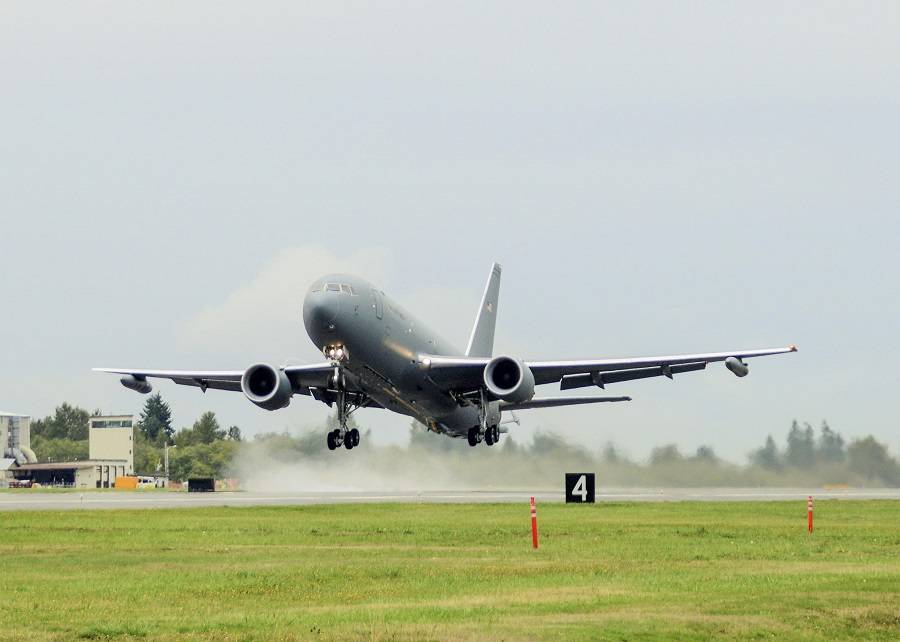
Not only is Boeing still churning out new 767 jets in Everett, they’ll keep doing it for many more years. UPS and FedEx have enough orders to keep the line busy until 2027. The USAF is helping towards this, by ordering the KC-46. This program saw many problems, but we haven’t heard more of them lately. Probably a good thing.
The Boeing 767 came along with a smaller brother, the 757. Boeing wanted to fill the gap between the 727 and the 747. The 757 was a good step up from the former. The 767 is a lot smaller than the 747, but this was OK. The 757/767 share a pilot type rating, a big selling point at the time. The 767 was also the first widebody to do away with the flight engineer in the cockpit.
That was then. Much later, the 777 snicked between Boeing’s 747 and the 767. Later still, the company stopped making the 757 – much to many people’s annoyance. The writing seemed to be on the wall for its bigger brother, as the 787 was already well into development. This was a composite game changer. Many saw it as a 767 replacement, but this isn’t quite accurate – the 787 is bigger.
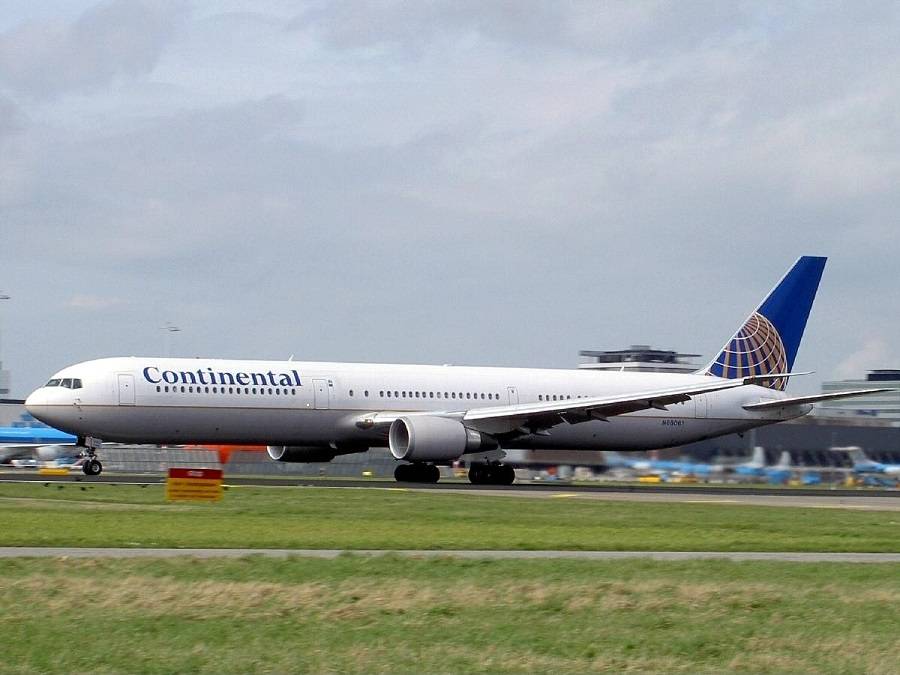
Boeing’s Involuntary Gap
And this is where the story begins to get a bit complicated. As we saw recently, Boeing and its main competitor, Airbus, have tended to replace each plane they make with another, bigger one. Or they produce extended versions of existing designs. To be fair, the manufacturers made what the airlines asked of them. But over time, this creates gaps here and there. Boeing’s problem isn’t really the 767 itself, it’s what many call the ‘New Mid-size Airplane’ (NMA).
And that, really, is a 757 replacement. Boeing needs something smaller than the 787, but bigger and more efficient than the biggest 737. The 737 MAX-10 should arrive in 2-3 years, but it’s not quite what Boeing is missing. Airbus will fly the A321XLR, at around the same time as when the MAX-10 will show up. But while the MAX-10 has the capacity to compete with the XLR, it won’t really have the range.
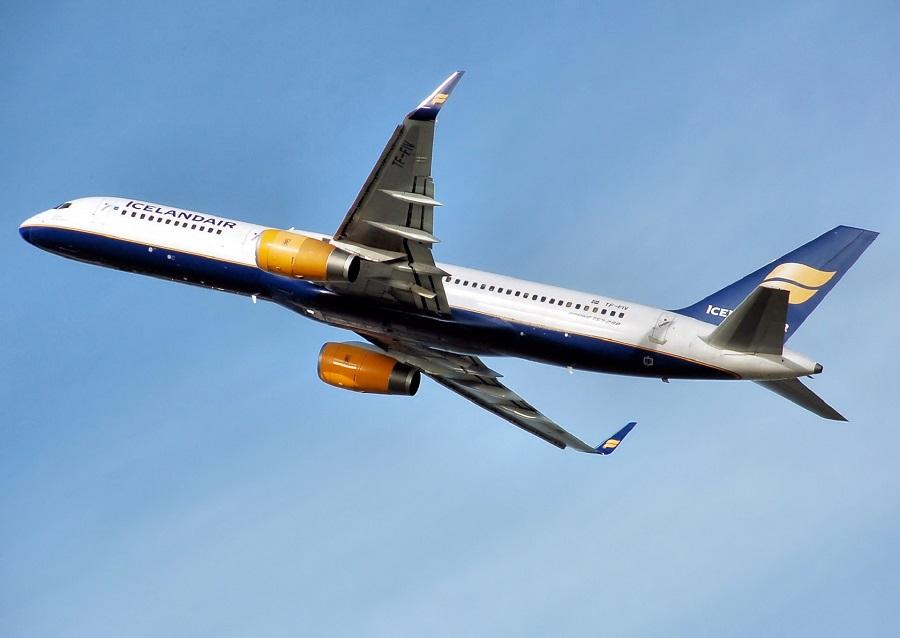
Unfortunately, Boeing has another, serious problem at the moment: money, or a lack thereof. The manufacturer needs a NMA, and they will soon need to start thinking about a replacement for the 737. That’s two aircraft, and very little in the way of development funds.
Meanwhile, none of the above has had much effect on Boeing’s 767-300F or previous freighter conversions. Cargo companies were and are happy with their aircraft – except when they get too old. Some are replacing their oldest models with new 767s or newer conversions of them. Several upgrades have slowly made their way into new and converted jets. New avionics (from the 787/777/737MAX) save some weight and add the ability for new types of approaches. Winglet retrofits are also available.
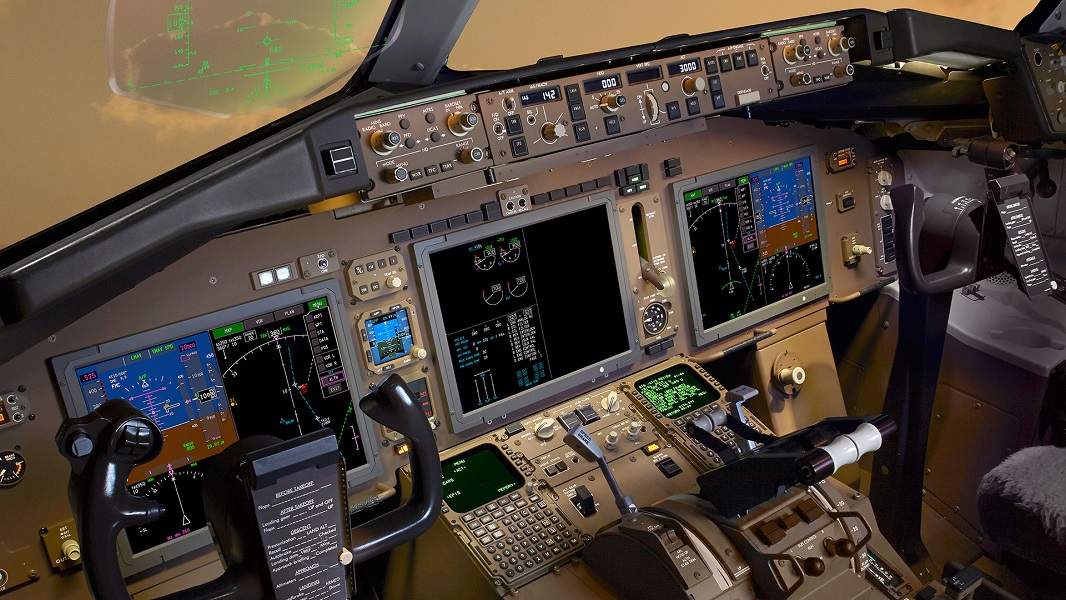
Is the 767 Boeing’s Knight In Shining Armour?
Enter Boeing’s 767-X. No, don’t think of the 777X. Boeing needs something it can develop a lot quicker than that. Touted last year, the 767-X would be a re-engined 767, “borrowing” the GEnx engines of the 787 and 747-8, with taller/telescoping landing gear, to fit the engines under its existing wing. The aircraft would otherwise be a standard Boeing 767, with all the upgrades the aircraft has amassed over the years.
Such an aircraft could enter service around 2025-26. It would be bigger than what the NMA really should be, but could be efficient enough to work. In terms of production infrastructure, it would need nothing new. On the supply side, the engines aren’t new, either. And even better, the modifications could entice even more demand for a freighter, called the 767-XF.
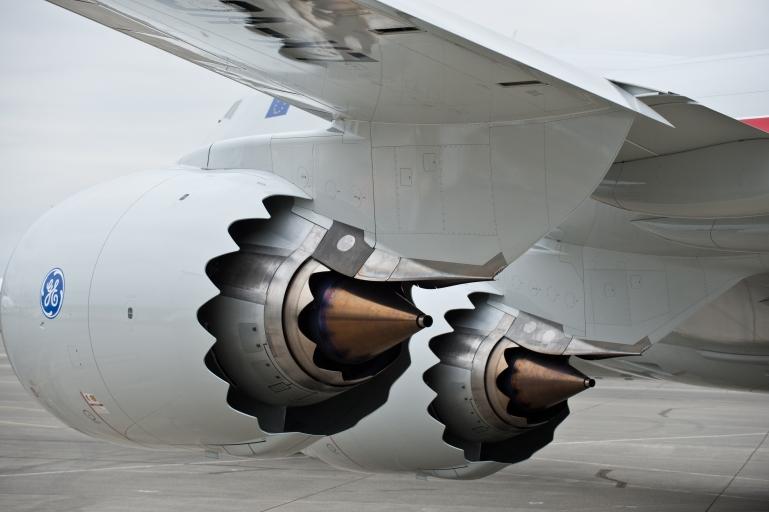
Could it really happen? Could Boeing really make a 767 for passengers again, 43-44 years after making the first one? It’s hard to say. Boeing probably wish they could do the same with a newer 757, now. Actually a 757-200 with a new composite wing and enlarged PW1000G or LEAP-1 engines, would be quite handy…
But the 767, together with its production line, its supply chain and its workforce, is what Boeing has now. And in this environment, they need to do something, to survive. The question is, if a bigger, better 737 is in Boeing’s future, will they decide to do something in the decade it will take, to get that into service?




2 comments
Tony M
You wrote above (in bold letters) about the 757 & 767: “They were also the first aircraft to do away with the flight engineer in the cockpit.”
Uh, how about the original 737 and the DC-9? They were both around well before any 75 or 767, and neither used a flight engineer, right?
Spyros
Thanks for the catch. Amended to “first widebody”, for the 767.